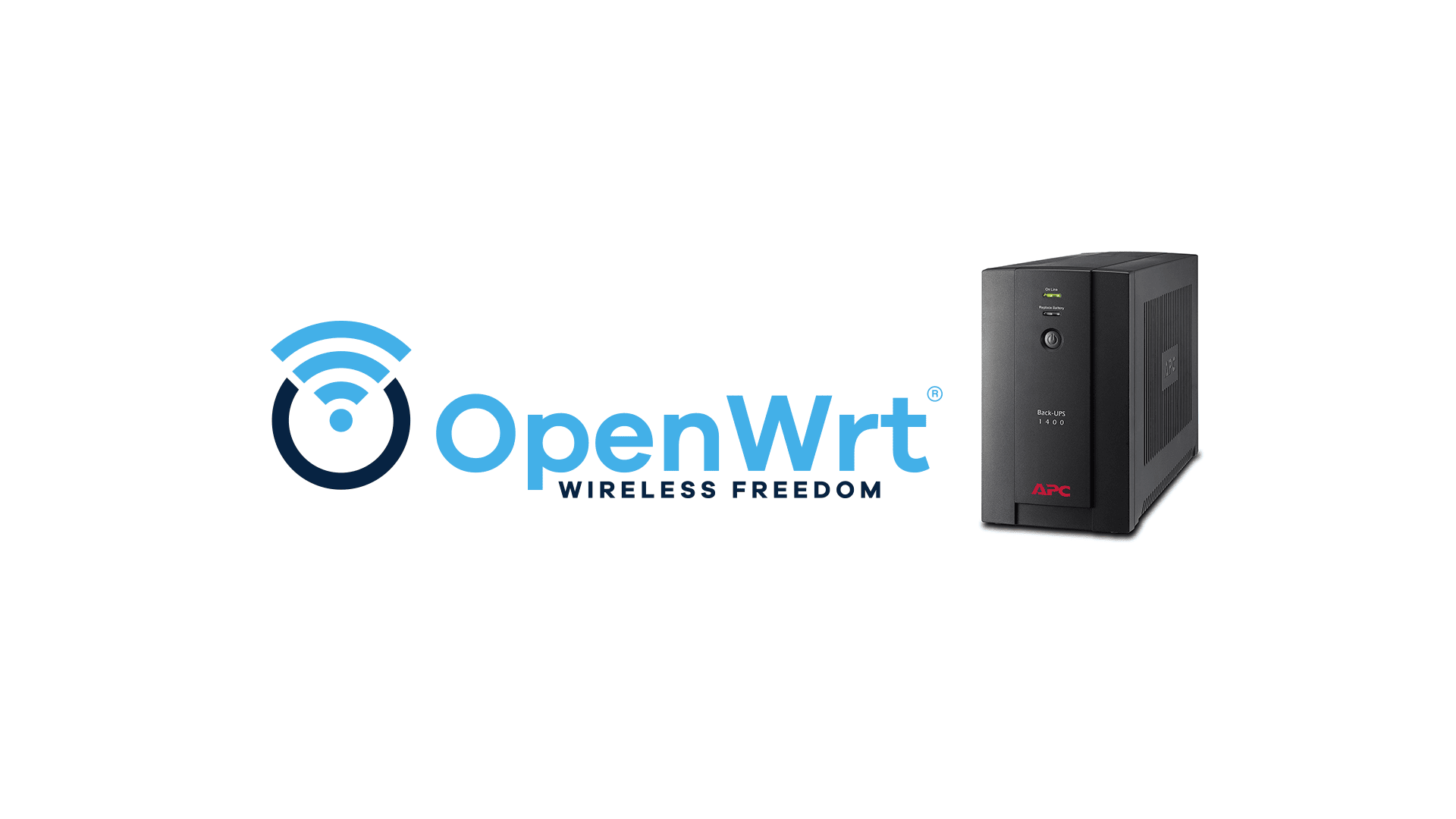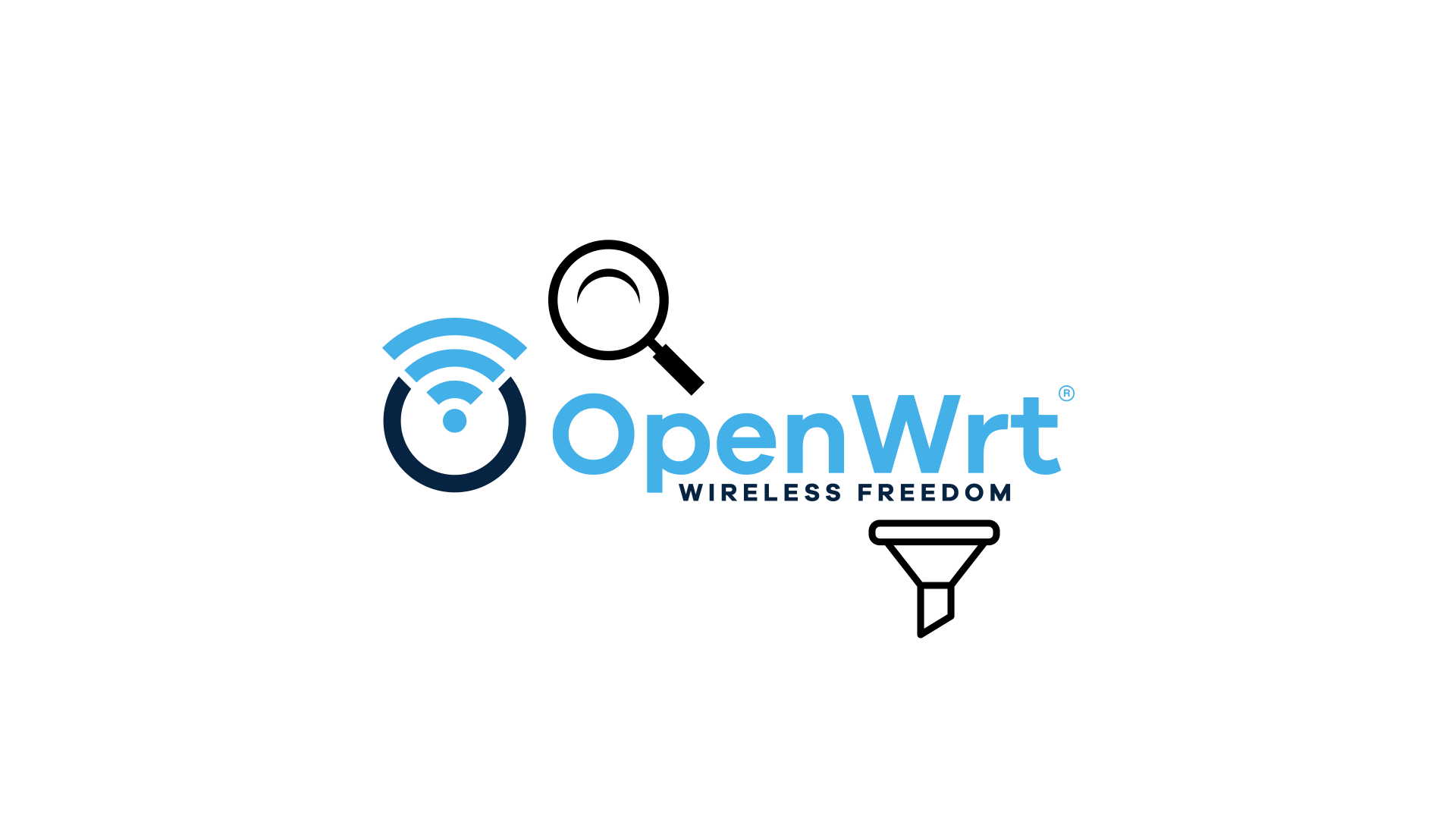
My OpenWrt adventures began with the ASUS RT-AC56U router. It was a fairly good, cheap router with a dual-core Broadcom BCM4708A0 processor clocked at 800MHz. It also had 128MB of flash memory and 256MB of RAM.
Appetite grows with eating, as the saying goes.
While I didn’t complain about the processor, I quickly ran out of space for more of these applications. So I decided to replace it with a Linksys WRT3200ACM, which I later changed to a Linksys WRT32x.
WRT3200ACM (WRT32x) is a very solid machine, we still use this type of router at work. While I was pleased with its performance, the WiFi network did not work out very well.
The signal strength left much to be desired, and cooperation with other routers or access points was not without problems. All because of the wireless chip from Marvell used in it.
Additionally, the lack of support for DFS channels in WiFi in the 5GHz frequency further limited its use. Also, forget about WPA3 encryption introduced by default in the OpenWrt 21.02 series (WPA3 can be turned on, but WiFi and the entire router quickly stop working).
In my search for a better router, I came across the Linksys MR8300. It had 3 Qualcomm Atheros radios. One was for the 2.4GHz frequency and the other two for 5GHz, the first for channels up to 60 and the second for above 100 (with DFS support).
While the router performed well, it was clear to see that it was much slower, especially when installing software.








